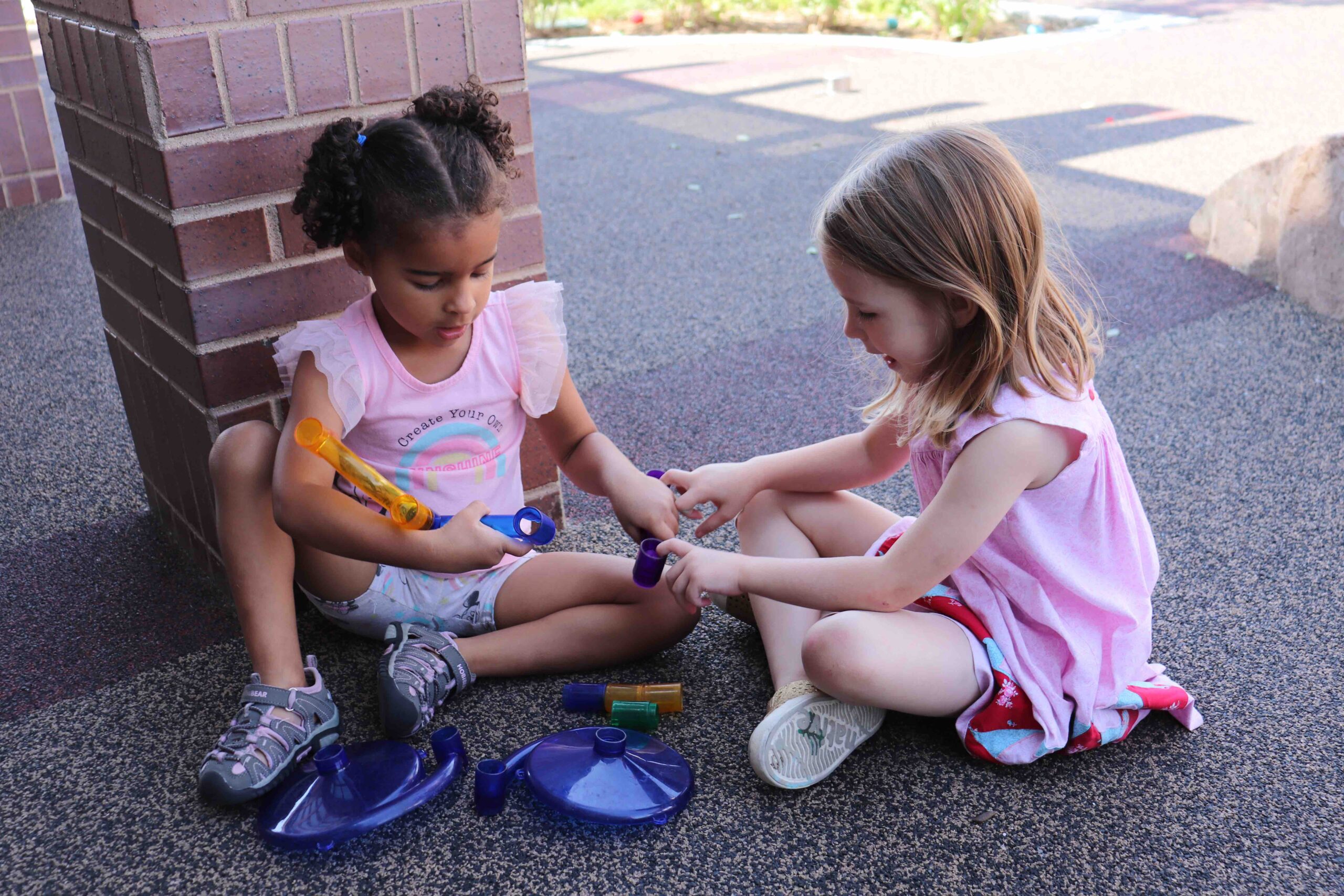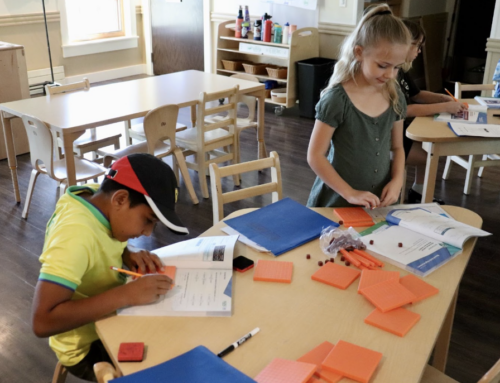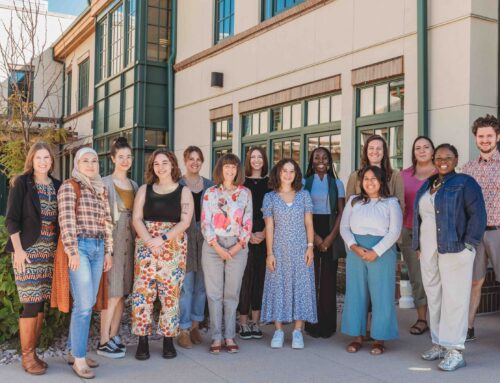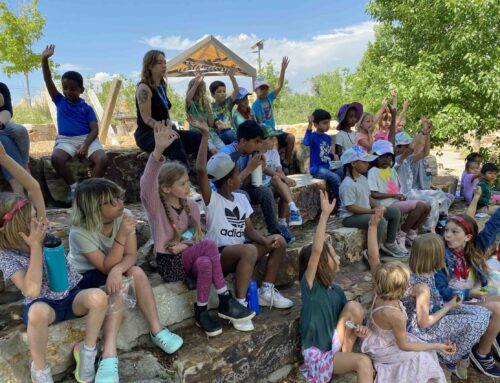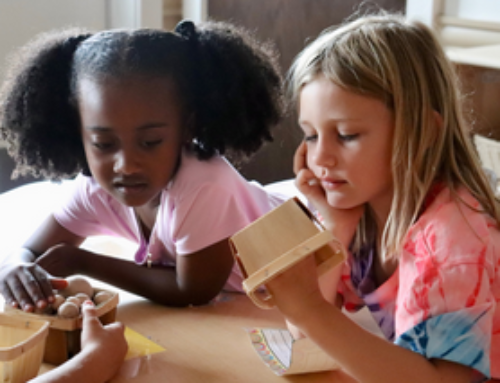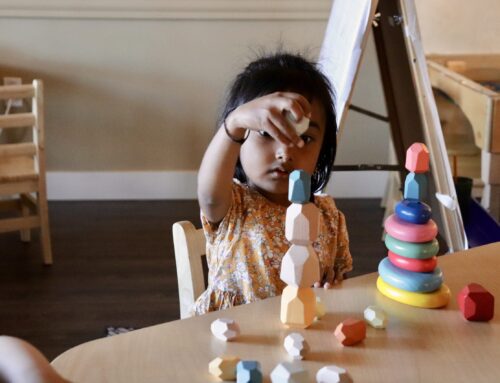Hello everyone!
As many of you know, this summer the Compositive Primary faculty read the book The Power of Moments. I was excited to dive into another Chip and Dan Heath book (if you haven’t checked them out, you should!). And this idea of moments has been a recurring theme in my writing, in my teaching, and in my life. In fact, in looking back at the blogs I’ve written, I discovered that I wrote a blog just over a year ago entitled, “Finding the Small Moments.” It was a pleasure to read a book that delved into how powerful certain moments (large and small) can be and explored what, exactly, made these moments meaningful and memorable.
The Heath brothers provide all sorts of examples of moments that have meaning in the workplace, in schools, and in our personal lives. And they break the moments down into four types: moments of elevation, pride, insight, and connection (they point out that to remember them you can use the anagram EPIC, but they are not huge fans of the term). So we’ve been talking a lot this year about these different types of moments and how we can thoughtfully create powerful moments for our students in each of these areas.
Every year at one of our first faculty meetings, we work as a team to come up with agreements and goals for the year. Just like our students make agreements in their classes, we do it as a faculty to ensure that we are all on the same page about how we want to engage with one another and with our students. When the agreements come from the whole team, as opposed to just from me, we are all invested in our culture. We also believe that we can take care of our students when we are also taking care of ourselves – that whole oxygen mask on the plane thing.
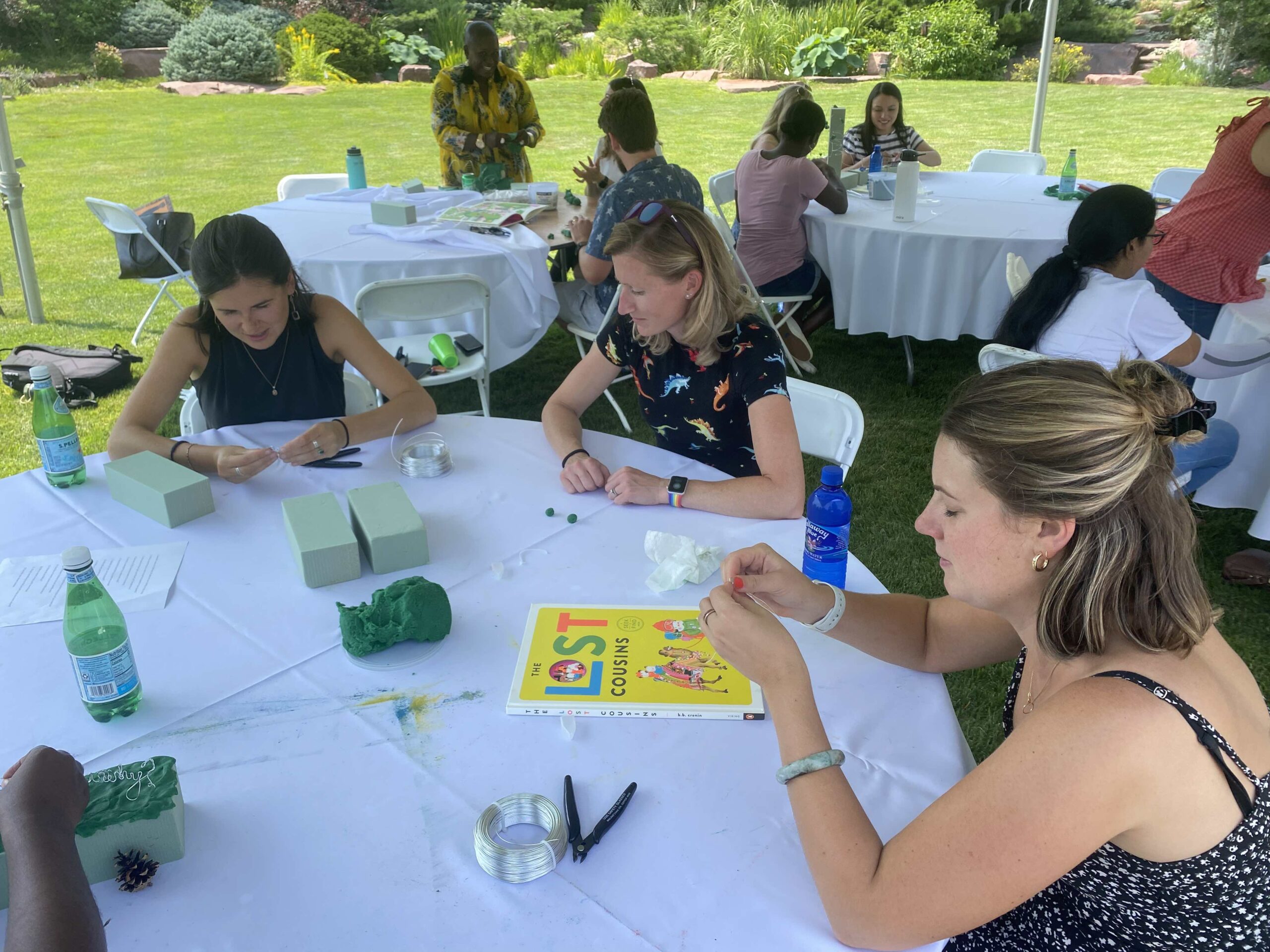
This year, before determining our agreements, we did an exercise in which we reflected on the worst team we had been on and on the best team. What were the characteristics of those teams? Why was the worst team the worst, and what made the best team so successful?
Based on these reflections and ensuing discussions, we came up with a list of behaviors and norms that we believed would contribute to the success of our students and of the school. Here’s what we came up with:
We, the Compositive Primary team, agree to. . .
- Create spaces for vulnerability and conversation with the intention of building trust and furthering goals
- Support each other as whole people through frequent check-ins and with a flexible mindset
- Always remember our shared purpose
- Have fun and play!
As you can see, there is a connection between these agreements and the types of moments I mentioned earlier. Through adhering to our agreements, we hope to create moments of connection with one another. And through those moments, we will hopefully find insight and discover ways to create more moments of insight. In supporting one another as whole people, we instill pride in each other. And in focusing on having fun, we elevate ordinary moments into extraordinary moments.
For our goals discussion, teachers divided into four groups based on the categories and brainstormed ideas for creating moments of elevation, pride, insight, and connection. Everyone jumped in and came up with multiple ideas for how to develop these powerful moments for our students and thus create curious lifelong learners among a tight-knit community. One of the ideas from the book that resonated with several folks was this idea of helping our students “trip over the truth.” Moments of insight come when you figure something out for yourself, not when someone simply tells you a fact or how to do something. And tripping over the truth only happens when we are asking lots of open-ended questions. Being an inquiry-based school, we feel we do this well but liked the idea of really focusing on it. For pride, we felt that when students can take ownership of their learning and can find opportunities to lead, they develop a strong sense of self and begin to feel like they have the power and ability to make a real difference in their community and beyond. For moments of elevation, we decided to find ways to celebrate both big and small moments. So while culminating events are wonderful, we also want to remember the small moments (like my blog from a year ago!). And our goal is to celebrate those moments not just for our students but for our faculty and our families – every member of our community. Finally, connection. To me, this is the most important component because we feel strongest when we feel connected. And so we strive to help our students weave threads that connect them to one another, to their families, to our community, and to the world at large. A lofty goal, to be sure, but one that makes our school a rich and rewarding place. In summary, here are the goals:
We will work together to. . .
- Celebrate the big and small moments for students, staff, and families
- Ask exploratory questions to help our students trip over the truth
- Provide opportunities for students to lead and take ownership of their learning
- Weave the threads that connect our students to the world
Every day is an opportunity to create moments, to make connections, and to provide spaces for our students to thrive. I am constantly amazed when I visit classrooms to see how our teachers craft these moments, both small and large, to support our students as they develop their minds, bodies, and hearts. Your children are in amazing hands!
